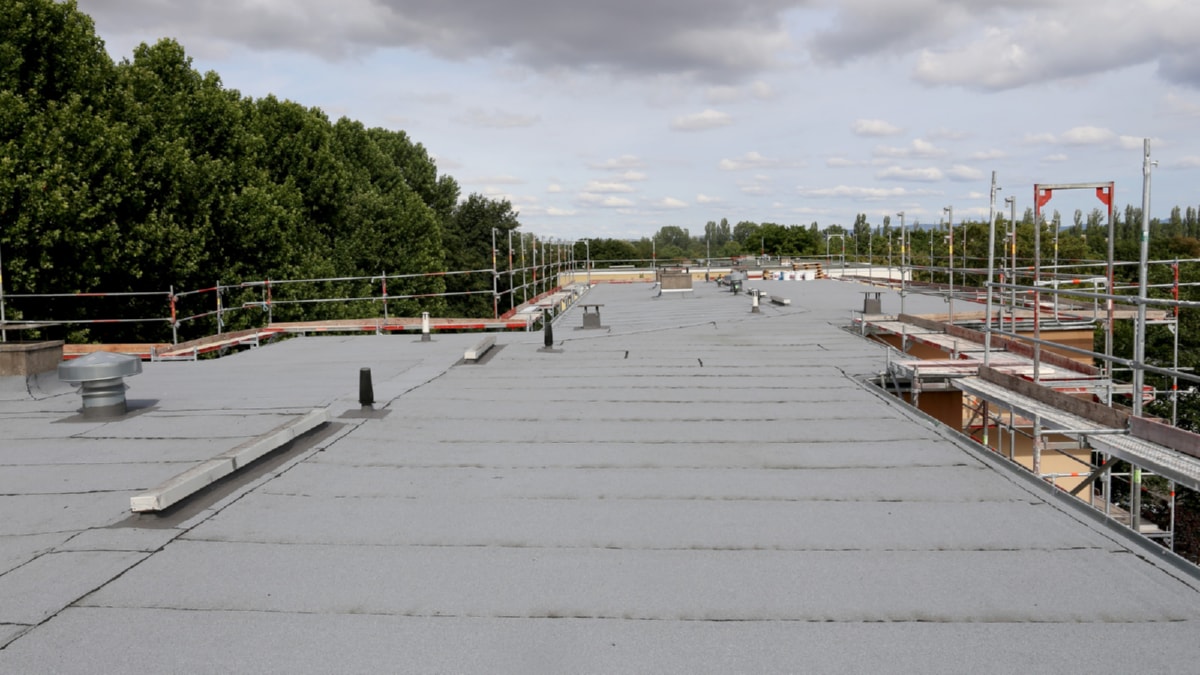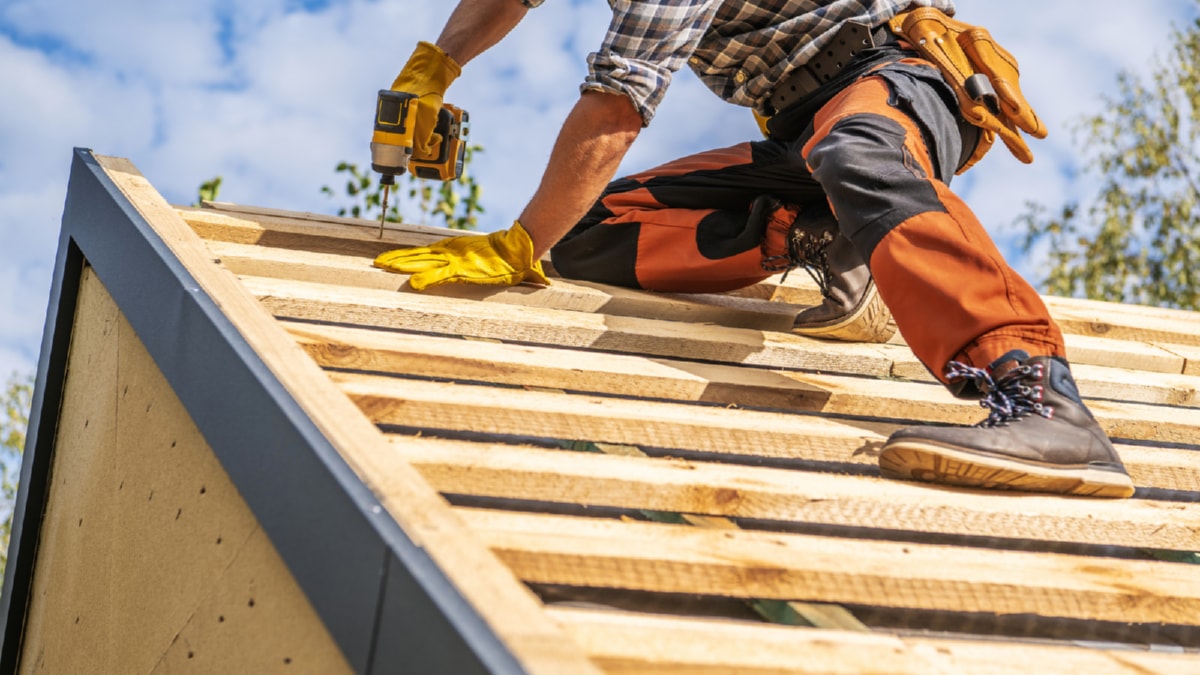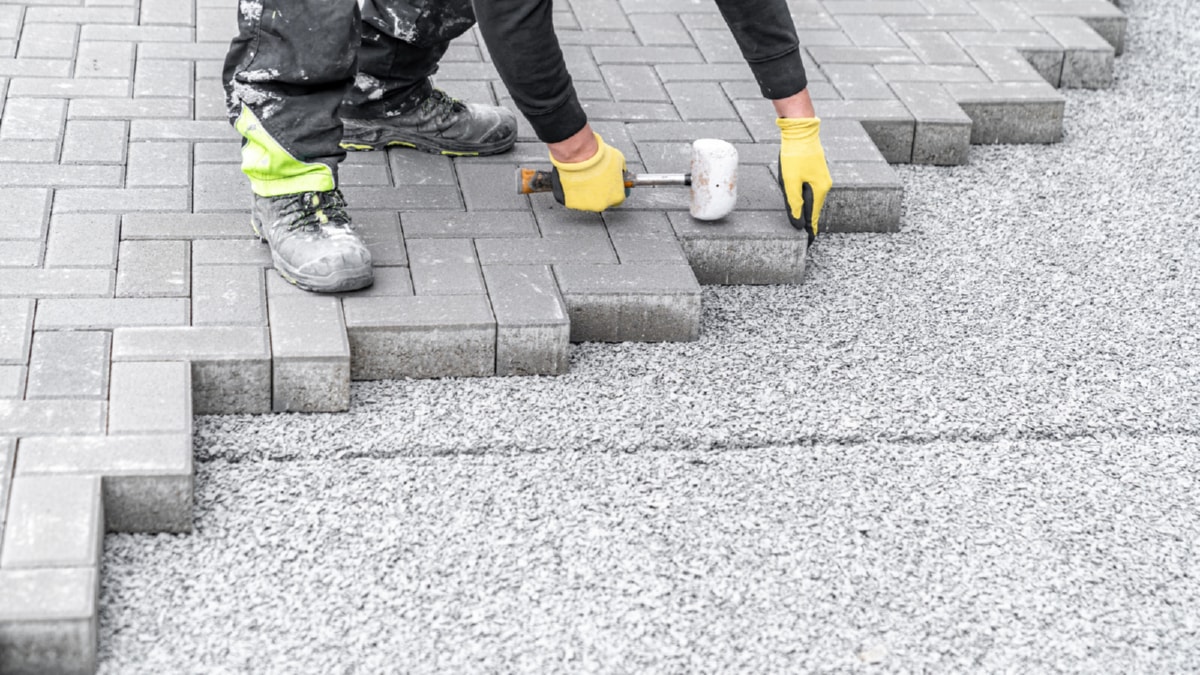The success of any construction project hinges on a solid understanding of construction management basics. It involves coordinating the planning, design, and construction of a project, from its inception to completion. This discipline encompasses a wide range of tasks, from resource allocation to quality assurance and safety enforcement.
In a typical construction project, one of the most vital aspects to consider is the safety of the construction site. It is the responsibility of the construction manager to ensure that all safety measures are in place, and that all workers are trained about potential hazards. To ensure safe practices, it’s essential to have a site-specific safety plan, use proper personal protective equipment, and enforce strict adherence to safety protocols.
Current building methods have significantly evolved over the years, thanks to technology and innovation. These techniques are designed to improve the quality of the build, reduce construction time, and save on costs. Examples include modular construction, where buildings are constructed in modules off-site, and 3D printing, which allows for the creation of complex structures with less waste and at a faster rate.
Technology plays an increasingly significant role in construction. It is being used to enhance processes, increase efficiency, and ensure accuracy. From Building Information Modeling (BIM), which allows for better project visualization and management, to drones that survey sites and monitor progress, technology is transforming the face of the construction industry.
Sustainable practices in construction are also gaining traction, as the industry seeks to reduce its environmental impact. These practices include the use of sustainable building materials, energy-efficient designs, and waste reduction techniques. By embracing these practices, construction companies can contribute to the preservation of the environment and create structures that are healthier for occupants.
The trend towards sustainable construction is not just about being environmentally responsible. It also makes good business sense. Investing in green building can lead to considerable cost reductions in the long term, due to lower energy costs and reduced maintenance expenses. Moreover, green buildings often have higher property values, making them an attractive investment.
In conclusion, the construction industry is undergoing a period of unprecedented change and innovation. From the basics of construction management to the role of technology and the move towards sustainability, it is clear that the future of construction lies in embracing these new practices and innovations. This transformation is not only beneficial for the industry but also for the wider society, as it leads to more efficient, safer, and sustainable built environments.
.
For more details, check best exterior step and stair rebuild and replace service or visit their business listing here.



